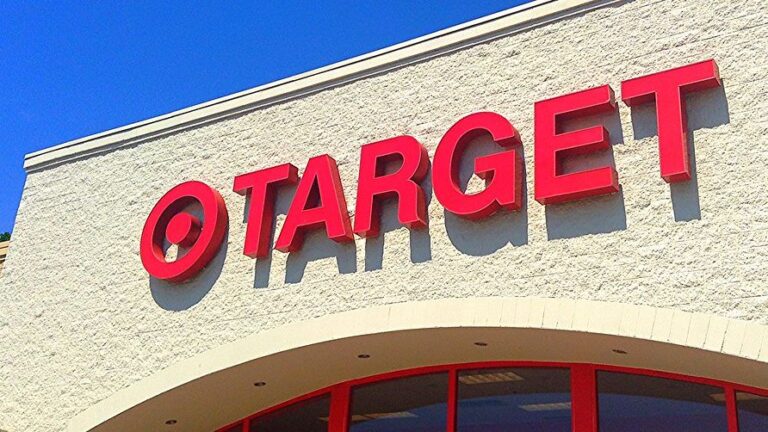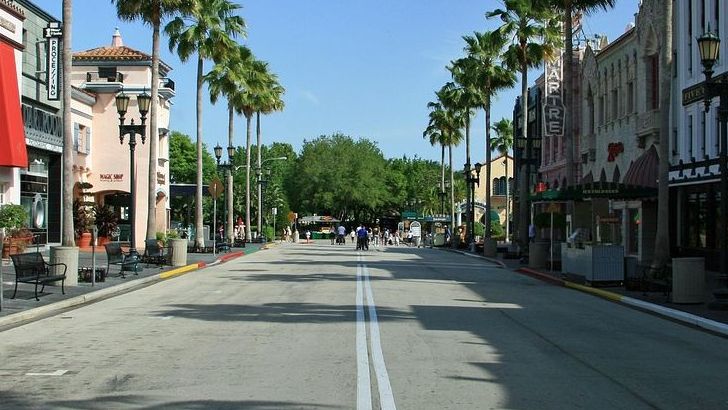Mexico Is Under a New U.S. Travel Advisory – Find What Travelers Should Know
Current Advisory Level Changed to Include Terrorism Risk

The U.S. State Department updated its Mexico travel advisory on August 12, 2025, maintaining the country at Level 2 – Exercise Increased Caution but adding a terrorism risk indicator for the first time. The advisory now explicitly states there is a risk of terrorist violence, including terrorist attacks and other activity in Mexico, directing visitors to the U.S. Department of State’s country reports on terrorism for more information. This change reflects growing concerns about cartel violence being classified as terrorism by the U.S. government. Though the Level 2 designation remains unchanged from previous assessments, the terrorism part is new, with Mexico News Daily speculating the addition was made because six Mexican cartels are now classified as foreign terrorist organizations by the United States government.
Six States Remain Under “Do Not Travel” Warnings
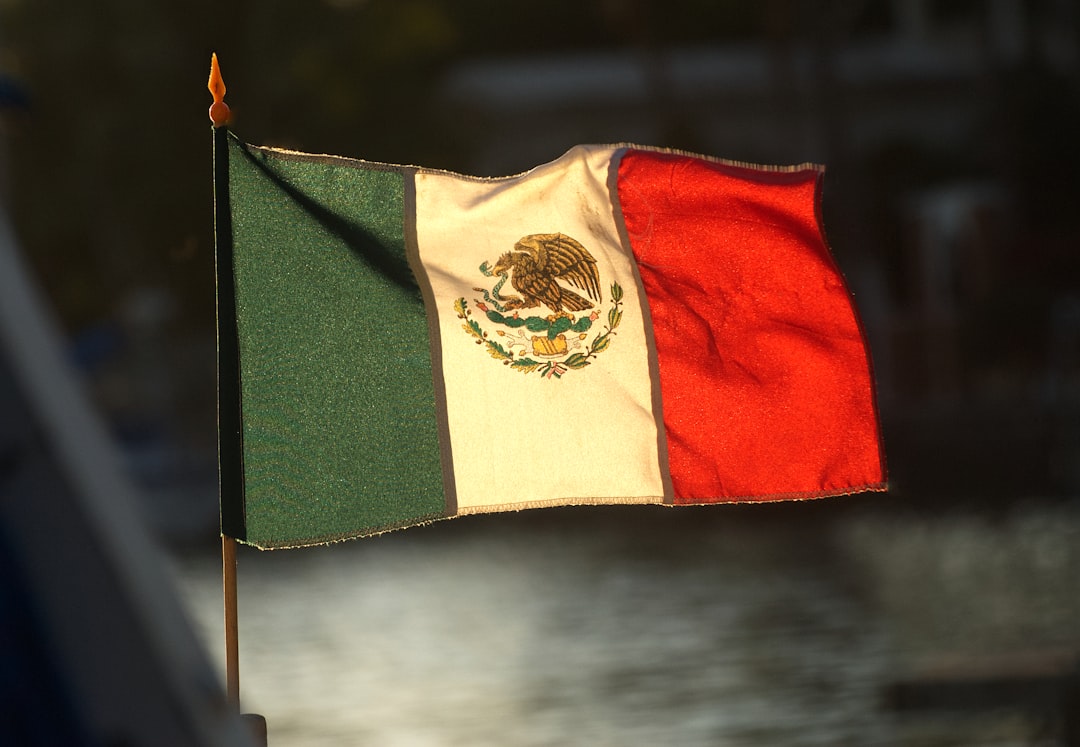
The six states with the “do not travel” advisory because of kidnappings and other crimes are the northern border state of Tamaulipas, the central state of Zacatecas and the Pacific coast states of Sinaloa, Colima, Michoacán and Guerrero. These states are marked red on the map and classified as Level 4 – the most unsafe, per the U.S., due to terrorism, violent crime, and kidnapping. There is a risk of violence in these states from terrorist groups, cartels, gangs and criminal organizations, with most homicides being targeted assassinations against members of criminal organizations. These areas face rampant criminal activities including homicides, kidnappings, carjackings, and robberies, despite traditionally being known for their scenic landscapes, cultural richness, and economic contributions through tourism.
Escalating Violence in Sinaloa Creates Major Concerns
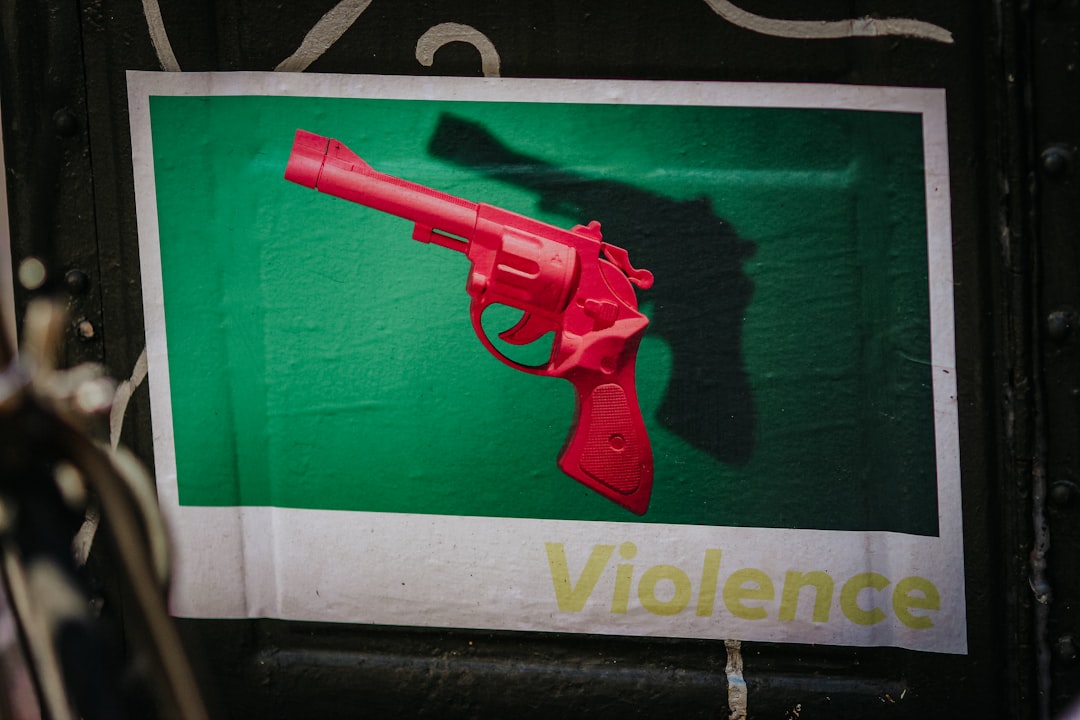
In places like Sinaloa, the bloodshed escalated sharply after the arrests of major figures, including Ismael Zambada, the leader of the Sinaloa cartel, in August 2024, with authorities recording 883 homicides in the state during the first six months of 2025, up from just 224 in the same period last year. Since Zambada’s arrest, more than 1,500 people have gone missing in Sinaloa, with security officials believing criminal groups are behind many of these disappearances, suggesting the real cost of the crackdown could be even higher. This dramatic surge represents one of the most concerning developments in Mexican security for travelers. Colima had the highest per-capita homicide rate in Mexico in 2024, and the other five Level 4 states are also known for cartel activity and violence.
Popular Tourist Destinations Face Level 2 and 3 Warnings
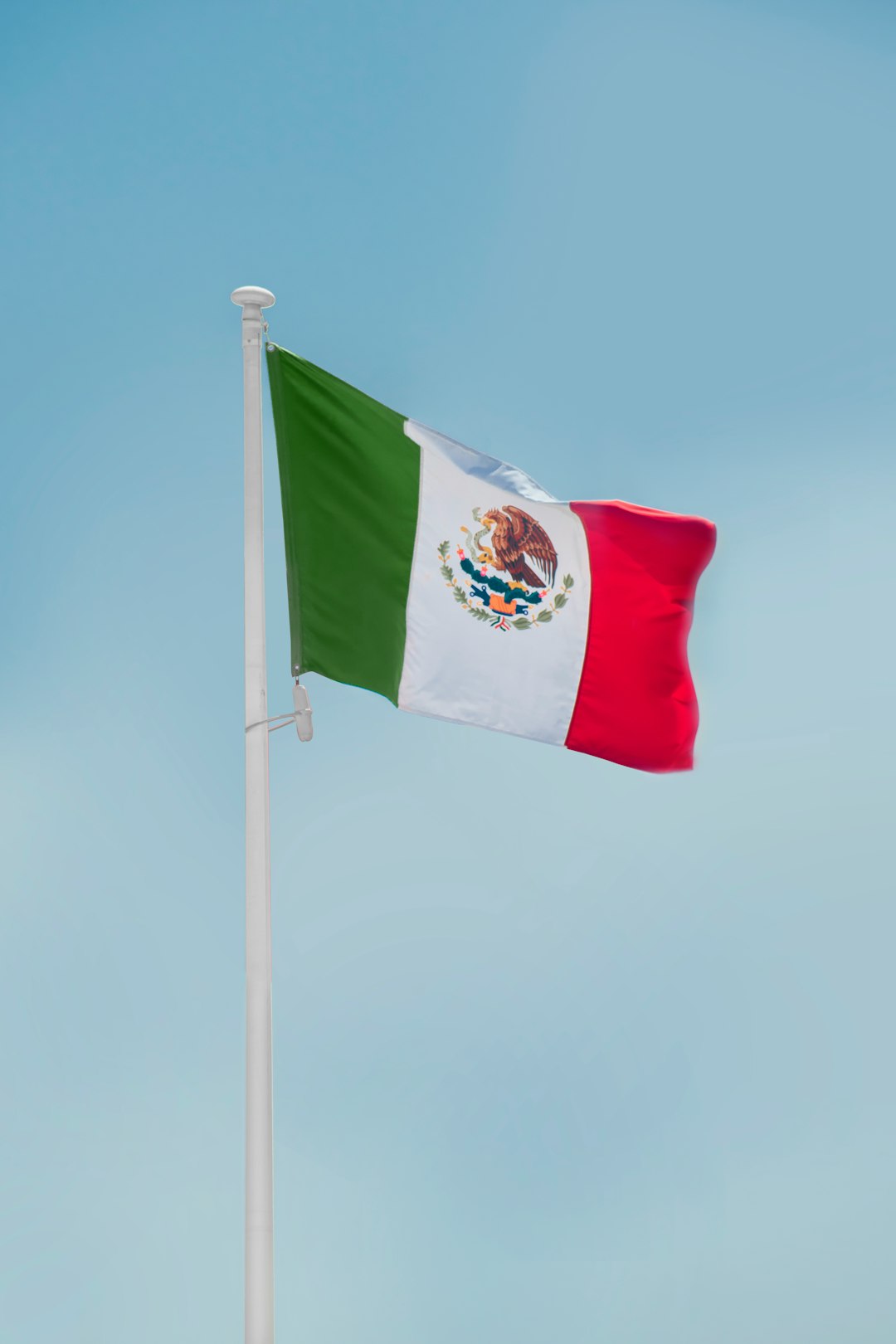
At present, the U.S. State Department advises visitors to “exercise increased caution” in popular tourist destinations such as Mexico City, Cancun, Playa del Carmen, and Tulum, with Canada’s Global Affairs website similarly recommending exercising a “high degree of caution” countrywide. The seven states for which visitors are advised to “reconsider travel” because of crime are Baja California (Norte), Sonora, Chiapas, Chihuahua, Guanajuato, Jalisco and Morelos. Many high demand leisure areas sit at Level 2, including Quintana Roo, Baja California Sur, Mexico City, Nayarit, Oaxaca, Puebla, Veracruz, Durango, Hidalgo, Nuevo León, Querétaro, San Luis Potosí, Tabasco, and Tlaxcala. To help put things in perspective, the advisory for these states corresponds to the Level 2 warning issued by the State Department for travel to France, Italy, the Bahamas, and the United Kingdom.
Limited U.S. Government Assistance in Many Areas

The U.S. government has limited ability to help in many parts of Mexico, with U.S. government employees not allowed to travel to certain high-risk areas, and due to security risks, U.S. citizens should follow the same restrictions as U.S. government employees while traveling. The U.S. government has emphasized that emergency services are limited in many parts of Mexico, particularly in high-risk states, where travel by government employees is either prohibited or restricted, not only limiting access to assistance for foreign tourists but also raising concerns about safety in remote areas, making Mexico a less attractive destination for many travelers. Emergency services are limited or unavailable in remote or rural areas.
Crime Statistics Reveal Mixed Safety Picture

Nationally, the homicide rate fell slightly for the third year in a row, from 25.9 per 100,000 in 2022 to 24.9 per 100,000 in 2023, although the number of reported disappearances has increased, with security analysts estimating that around two-thirds of homicides are committed by organized crime and two-thirds of homicides in 2023 were committed with firearms. In 2024, Quintana Roo state logged about 34 killings per 100,000 people, above Mexico’s national rate of 29 but well below Tijuana or Ciudad Juárez which sit above 80, while tourist areas stand far safer, at roughly 4 per 100,000. In 2024 alone, there were 11,700 more homicides than in 2015, with the national homicide rate rising by 55% over the past 10 years, from 15 to 23 deaths per 100,000 inhabitants, with over 300,000 people murdered during that period.
Safest States Offer Better Options for Travelers

The State Department gives its mildest Level 1 safety advice – “Exercise normal precautions” – for travelers headed to two states bordering the Gulf of Mexico: Campeche and Yucatán, with the latter getting more tourists as it’s home to Chichén Itzá and the Spanish colonial city of Mérida. For the eighth consecutive year, Yucatán has been recognized as the most peaceful state in Mexico, known for its historical significance, thriving tourism industry, and rich cultural heritage, boasting a homicide rate far below the national average at just 2.2 per 100,000 people in 2024, more than 10 times lower than the national average. Factors contributing to Yucatán’s peace include strong governance, a stable economy, and a vibrant social fabric that prioritizes community welfare, with the state’s commitment to public safety further bolstered by its local police force, which has developed strong relationships with the community.
Spring Break Destinations Face Heightened Security Measures

The U.S. Mission had advised travelers in February to exercise caution in downtown areas of Cancun, Playa del Carmen and Tulum and to follow local laws and safety precautions, with Cancun, Tulum, Playa del Carmen, Cabo San Lucas and Cozumel being popular Mexican tourist spots for American travelers. On February 19, 2025, the US Embassy issued a warning to be aware of increased petty crime during spring break travels to Mexico, including Cancun. Police filed around 4,000 theft cases in 2024, up seven percent from 2023, with most being phone snatches on buses and card skimming, while kidnappings in tourist zones stayed under ten in two years and involved local disputes. A special Tourist Police unit now walks hotel corridors and malls.
Transportation Restrictions Affect Travel Plans

Public buses should be avoided in Tamaulipas state as they are not generally safe, travelers should protect belongings since theft is common, travel between cities only during daylight, and for inter-city travel, first-class or “executive” buses are most direct and most reliable. Do not hail taxis on the street, use trusted ride-sharing apps, book taxis through your hotel or an authorized taxi stand, and ride-sharing apps like Uber and Cabify are available and generally safe to use. U.S. government employees may not travel by land between cities in Tamaulipas using interior Mexican highways. Don’t travel at night outside major cities and use major toll roads wherever possible or access cities directly by air travel.
Tourism Industry Impact and Economic Consequences

The economic impact of violence in Mexico is alarming, rising for the first time since 2019 in 2024, reaching an estimated 4.5 trillion pesos (USD 245 billion), equivalent to 18% of GDP, with the per capita cost being 33,905 pesos, higher than the average monthly salary of a Mexican worker. Over 7 million people flew to Mexico from the United States in the first half of 2025, while almost 1.7 million visitors arrived from Canada, with the United States’ warning of the risk of terrorism in Mexico coming as the Trump administration continues to pressure Mexico to do more to combat drug cartels. Despite security concerns, Mexico continues attracting millions of visitors annually. The city had one of the highest increases of global tourist demand in the world when comparing flight bookings from summer 2019 to 2024.
Medical Tourism Presents Additional Risks

Medical tourism for affordable cosmetic, dental, or elective surgeries is rapidly growing, but medical systems abroad work differently than in the United States with different rules and regulations, and Mexico has many elective or cosmetic surgery facilities, but quality of care varies widely. Before planning any surgery in Mexico, confirm that emergency medical facilities are available, and professionals are accredited and qualified, consult with your local physician or the U.S. Centers for Disease Control and Prevention for more information, coverage for medical evacuation is recommended for unforeseen medical complications, and your legal options in case of malpractice are very limited in Mexico.
Natural Disaster Considerations Add to Travel Risks
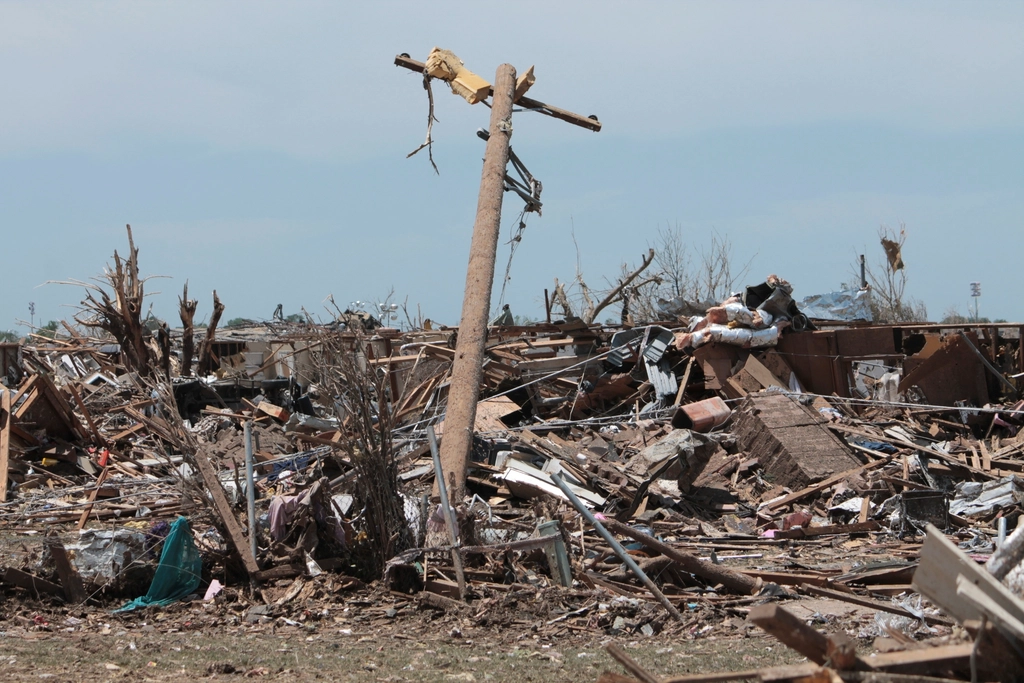
Mexico is an active earthquake zone where tsunamis may occur following significant earthquakes, and travelers may wish to download one of several earthquake alert apps. Tropical storm and hurricane season runs from May to November, with tropical storms with heavy rain and wind occurring between May and November, and travelers should stay informed of incoming storms and avoid these areas if possible. Hurricane John devastated parts of Guerrero and Oaxaca in September 2024, causing deadly floods, landslides, and over US $2.45 billion in damages, and while hotel zones recovered quickly, rural towns remain vulnerable.
Practical Safety Measures for Current Travelers
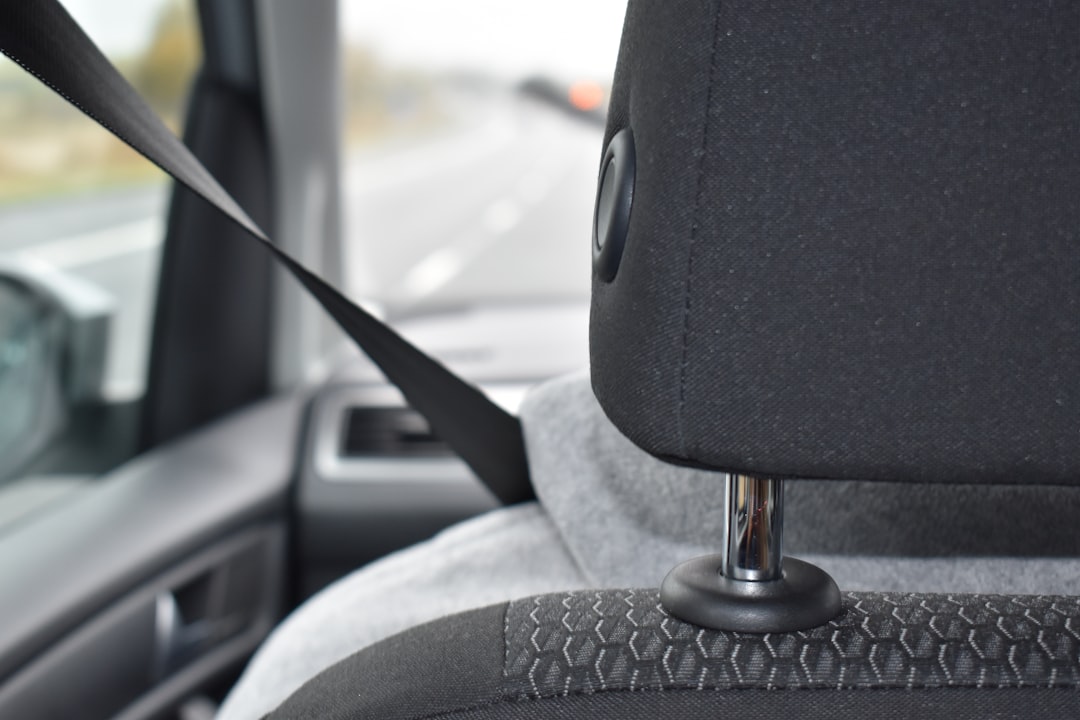
The advisory recommends that U.S. citizens enroll in the Smart Traveler Enrollment Program (STEP), review the Country Security Report for Mexico, carry travel insurance and devise contingency plans in case local emergency services are unavailable. Common scams include wristband scams where scammers impersonate hotel staff by spotting guests’ wristbands then lead them to overpriced shops, ATM skimming where criminals install card readers on ATMs to steal banking data, fake taxis and ride-share scams, and overpriced tours. Those of us who spend real time here know that safety risks vary widely by location, with violent crime rarely affecting foreign visitors and residents, and this examination of violent crime in Mexico in 2025 alongside the most recent data on violent crime against U.S. citizens shows the broader context.
The updated travel advisory reflects evolving security conditions across Mexico, where popular destinations like Cancún and Mexico City remain accessible with increased caution, while certain states face complete travel restrictions. Travelers need to research specific regional conditions and take enhanced safety precautions when visiting this diverse country that continues attracting millions despite ongoing security challenges.


